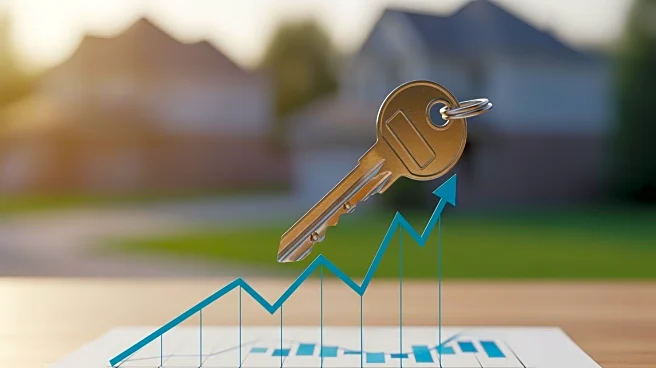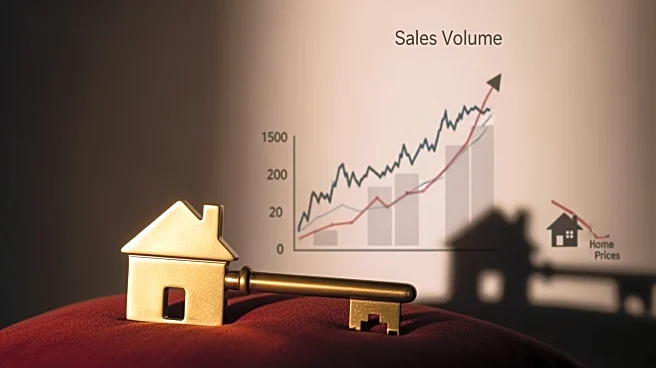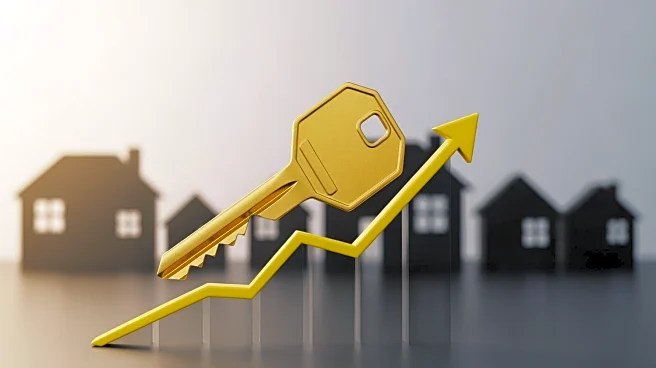What's Happening?
In Manitowoc County, Wisconsin, the median home sales price increased significantly in August, reaching $247,500, up 12.5% from July's median of $220,000. Compared to August 2024, the median price rose
by 17.9% from $210,000. Single-family homes saw a notable increase, with the median selling price rising 14.5% to $240,500 from $210,000 in July. This represents an 18.6% increase from August 2024's median of $202,750. The county recorded one sale of a single-family home for $1 million or more, a first compared to zero such transactions in August 2024. However, condominiums and townhomes experienced a decrease in sales price, dropping 6.7% to a median of $269,500 from $289,000 in July, though still up 5.7% from August 2024's median of $255,000.
Why It's Important?
The rise in home prices in Manitowoc County reflects broader trends in the Wisconsin real estate market, where single-family home prices have increased by 6.7% statewide since August 2024. This growth in property values can impact affordability for potential buyers, particularly first-time homeowners, and may influence local economic conditions. Higher home prices can lead to increased property taxes, affecting household budgets and potentially driving demand for more affordable housing options. The real estate market's performance is a critical indicator of economic health, influencing consumer confidence and spending.
What's Next?
As home prices continue to rise, potential buyers may face challenges in securing affordable housing, prompting a shift in demand towards more cost-effective options such as condominiums and townhomes. Real estate agents and developers might focus on expanding inventory to meet this demand. Additionally, local government and policymakers may need to address housing affordability through initiatives or incentives to support homebuyers. Monitoring future sales data will be crucial to understanding ongoing trends and making informed decisions in the real estate sector.
Beyond the Headlines
The increase in home prices could lead to broader socio-economic implications, such as changes in demographic patterns if younger families or individuals are priced out of the market. This could affect local businesses and schools, as population dynamics shift. Furthermore, the rise in property values might encourage investment in the area, potentially boosting local economic development and infrastructure improvements.











